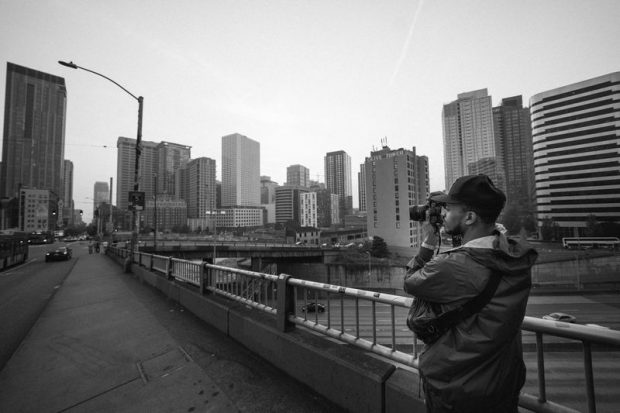Facts About Framing Streets Uncovered
Wiki Article
Not known Details About Framing Streets
Table of ContentsThe Of Framing StreetsExamine This Report about Framing StreetsSome Known Incorrect Statements About Framing Streets Framing Streets Fundamentals ExplainedThe Greatest Guide To Framing StreetsThe Basic Principles Of Framing Streets
, generally with the purpose of capturing pictures at a definitive or touching minute by careful framework and timing. https://www.pageorama.com/?p=framingstreets1.
The Ultimate Guide To Framing Streets
Susan Sontag, 1977 Street digital photography can concentrate on individuals and their behavior in public. In this respect, the road digital photographer is similar to social docudrama digital photographers or photojournalists that also function in public places, but with the purpose of capturing relevant occasions. Any of these digital photographers' photos may record individuals and residential or commercial property visible within or from public areas, which commonly involves browsing moral issues and regulations of personal privacy, safety and security, and property.Depictions of everyday public life develop a genre in almost every duration of world art, beginning in the pre-historic, Sumerian, Egyptian and early Buddhist art durations. Art taking care of the life of the street, whether within views of cityscapes, or as the leading concept, appears in the West in the canon of the Northern Renaissance, Baroque, Rococo, of Romanticism, Realistic look, Impressionism and Post-Impressionism.
Not known Factual Statements About Framing Streets
Louis Daguerre: "Boulevard du Holy place" (1838 or 1839) In 1838 or 1839 the first picture of figures in the road was tape-recorded by Louis-Jacques-Mand Daguerre in among a pair of daguerreotype sights drawn from his studio home window of the Boulevard du Temple in Paris. The 2nd, made at the height of the day, reveals an unpopulated stretch of road, while the various other was taken at regarding 8:00 am, and as Beaumont Newhall reports, "The Blvd, so regularly filled up with a relocating crowd of pedestrians and carriages was perfectly solitary, other than an individual who was having his boots cleaned.Consequently his boots and legs were well specified, but he lacks body or head, since these were in activity." Charles Ngre, waterseller Charles Ngre. https://www.flickr.com/people/199855997@N03/ was the very first digital photographer to achieve the technical sophistication needed to sign up people in motion on the road in Paris in 1851. Photographer John Thomson, a Scotsman functioning with journalist and social protestor Adolphe Smith, published Street Life in London in twelve monthly installments beginning in February 1877
Examine This Report about Framing Streets
Eugene Atget is considered a progenitor, not because he was the first of his kind, but as a result of the popularisation in the late 1920s of his document of Parisian streets by Berenice Abbott, who was influenced to take on a comparable documents of New york city City. [] As the city created, Atget helped to advertise Parisian roads as a deserving topic for photography.
Rumored Buzz on Framing Streets
Andre Kertesz.'s commonly admired Images la Sauvette (1952) (the English-language edition was entitled The Definitive Moment) promoted the idea of taking a picture at what he described the "definitive moment"; "when kind and content, vision and composition merged into a transcendent whole" - Best Zoom Lens.The Best Guide To Framing Streets
The recording machine was 'a surprise electronic camera', a 35 mm Contax hidden below his layer, that was 'strapped to the breast and linked to a long cord strung down the ideal sleeve'. Nevertheless, his work had little modern impact as as a result of Evans' level of sensitivities about the originality of his task and the privacy of his topics, it was not published till 1966, in guide Several Are Called, visit the website with an intro created by James Agee in 1940.Helen Levitt, after that an instructor of young youngsters, associated with Evans in 193839. She recorded the temporal chalk illustrations - Street photography that were component of youngsters's street society in New york city at the time, as well as the kids that made them. In July 1939, Mo, MA's new photography section consisted of Levitt's operate in its inaugural exhibitRobert Frank's 1958 publication,, was significant; raw and usually indistinct, Frank's pictures questioned mainstream photography of the moment, "challenged all the formal rules put down by Henri Cartier-Bresson and Pedestrian Evans" and "flew in the face of the wholesome pictorialism and genuine photojournalism of American publications like LIFE and Time".
Report this wiki page